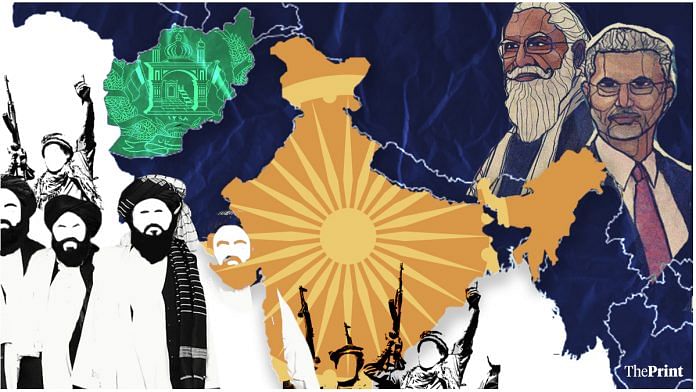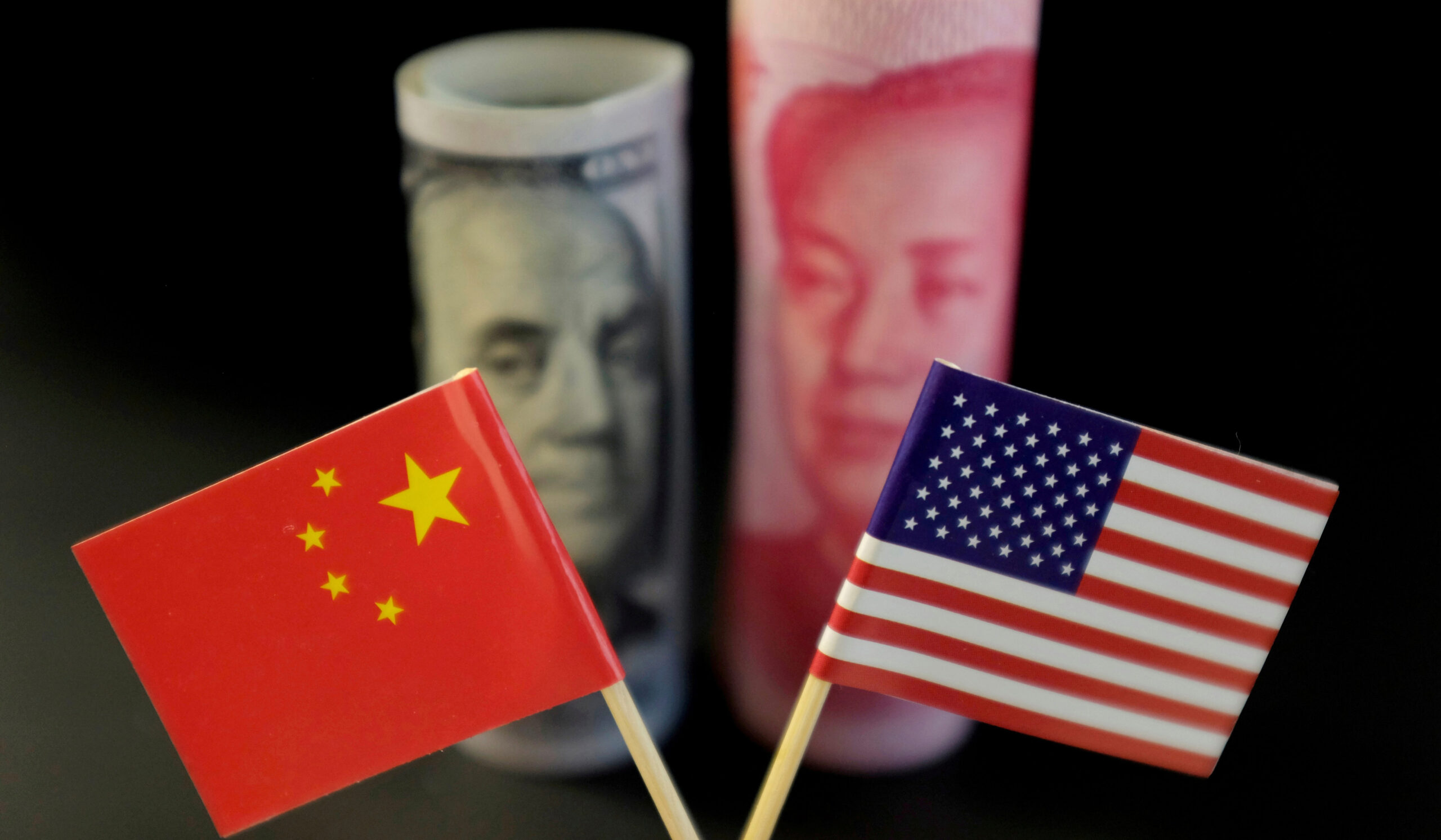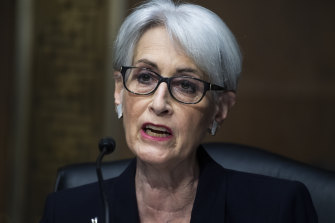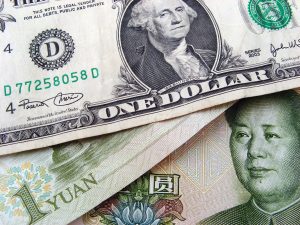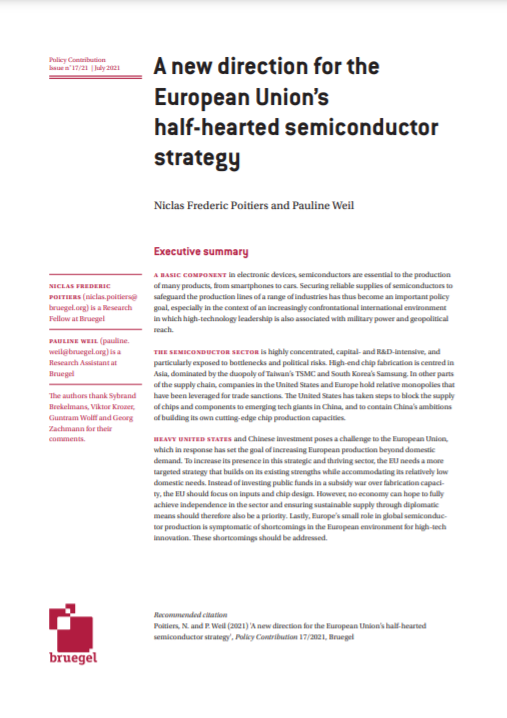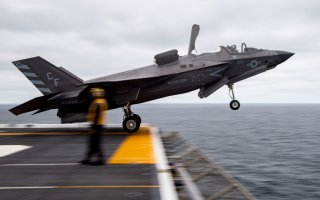DEREK SCISSORS
Congress must protect new intellectual property while promoting its development
The most important dimension of U.S.–China relations is technology, which is vital to economic, military, and even ideological competition.
In the economic competition, the main American challenge is not, as is sometimes implied, inadequate innovation. The U.S. is the world’s wealthiest country by tens of trillions of dollars. The number of U.S. patents granted to Americans set a record in 2019 and nearly matched it in 2020. That more than tripled the number of patents granted to second-place Japanese filers in our market.
The main challenge is not even Chinese innovation. Beijing’s preference for large firms and state funding at the expense of genuine competition ensures it will struggle in key areas, from aircraft development to shale. The main challenge is China’s acquisition of intellectual property (IP) and use of regulatory and financial subsidies to develop products from that IP to drive the U.S. out of global markets.


